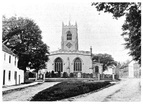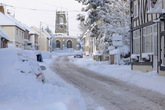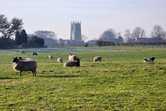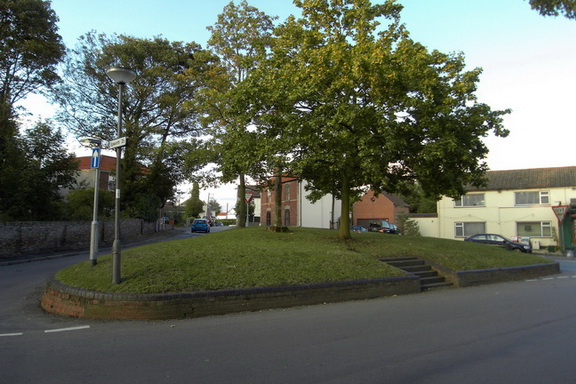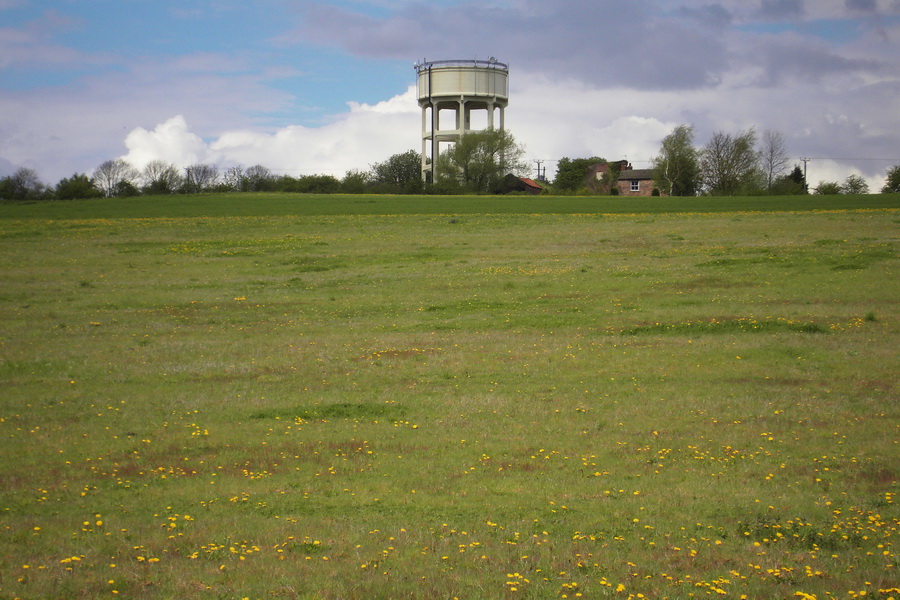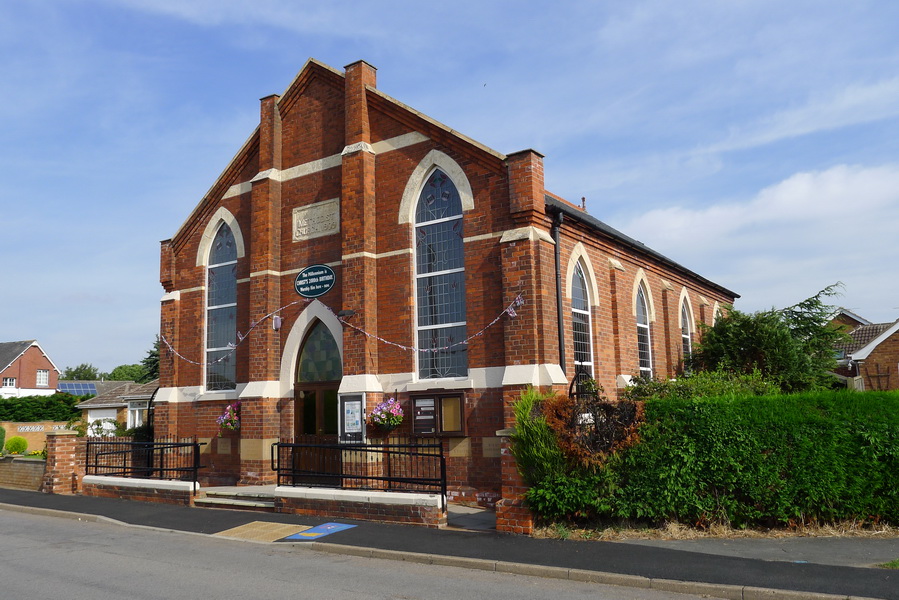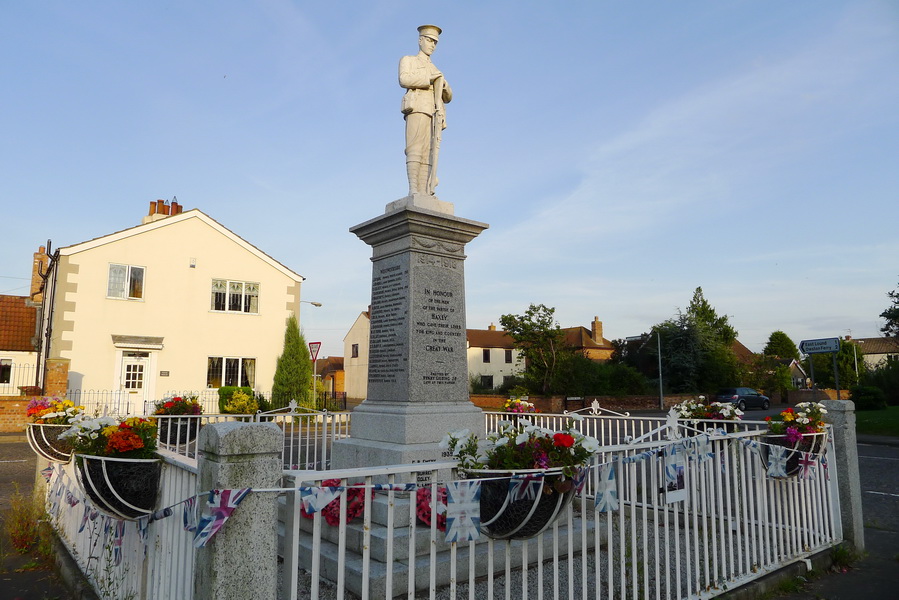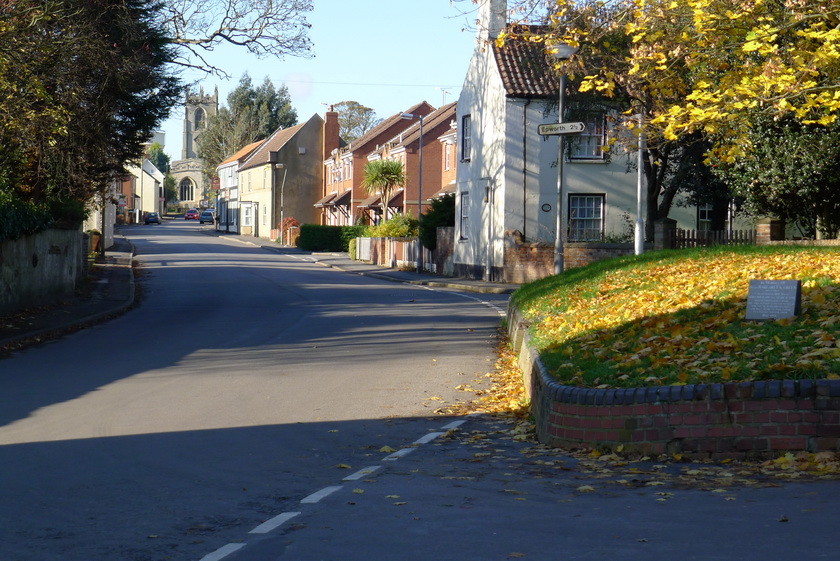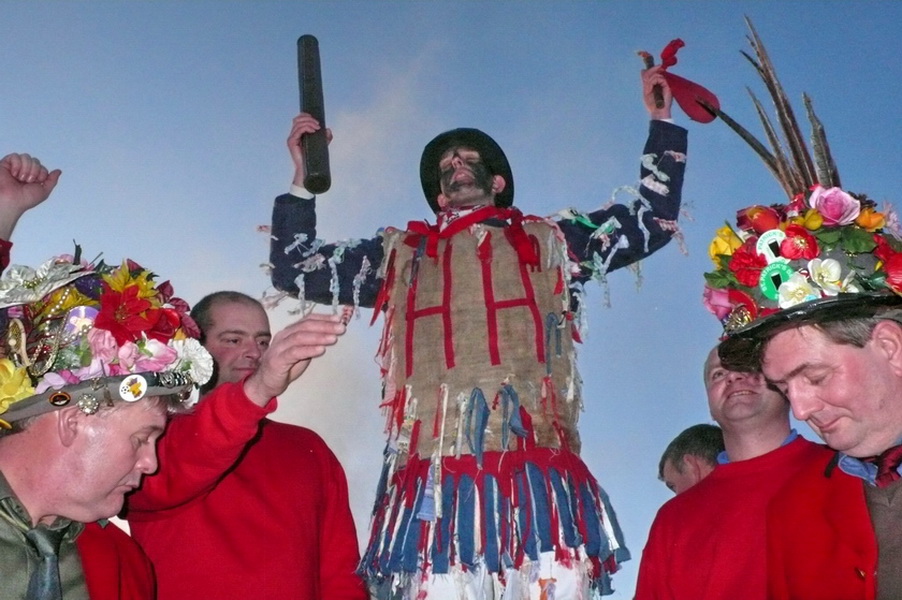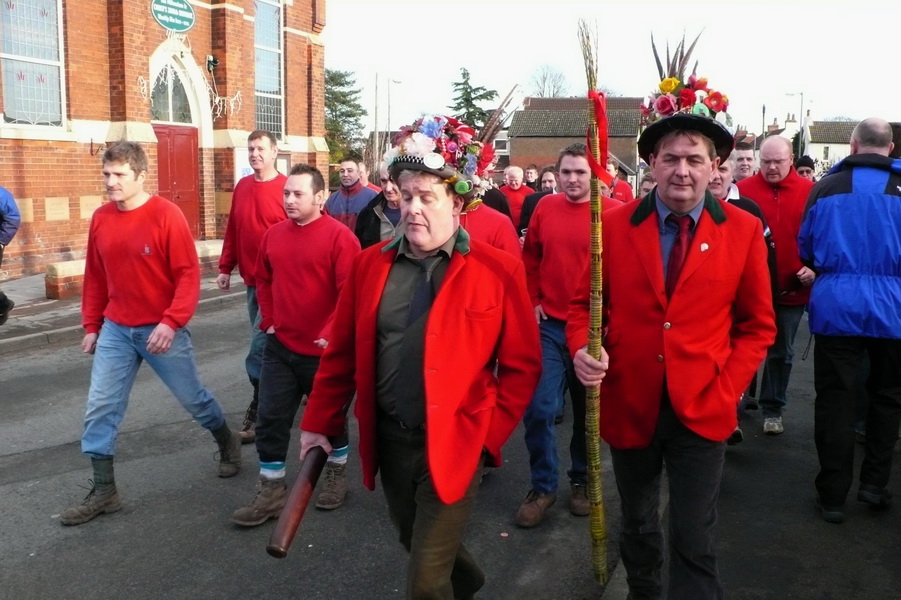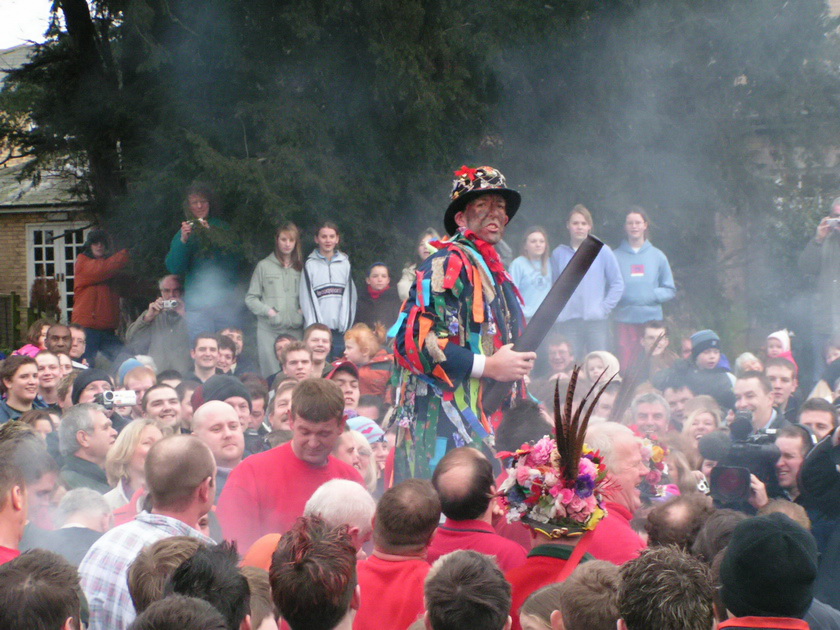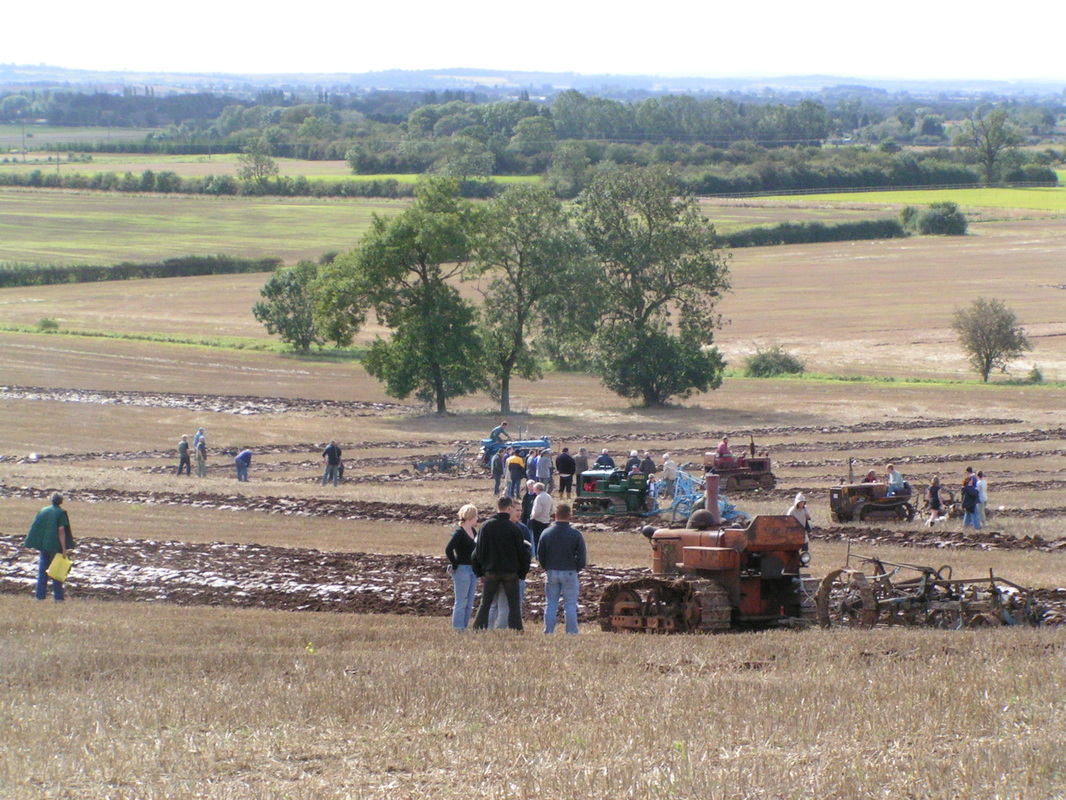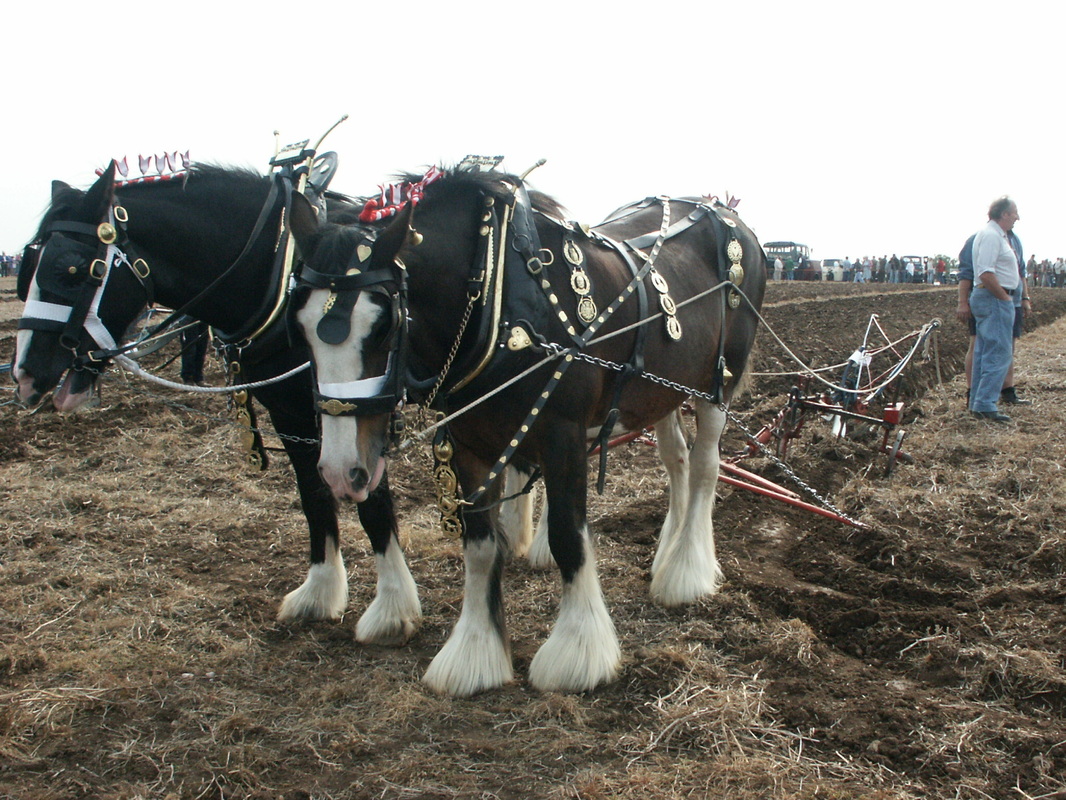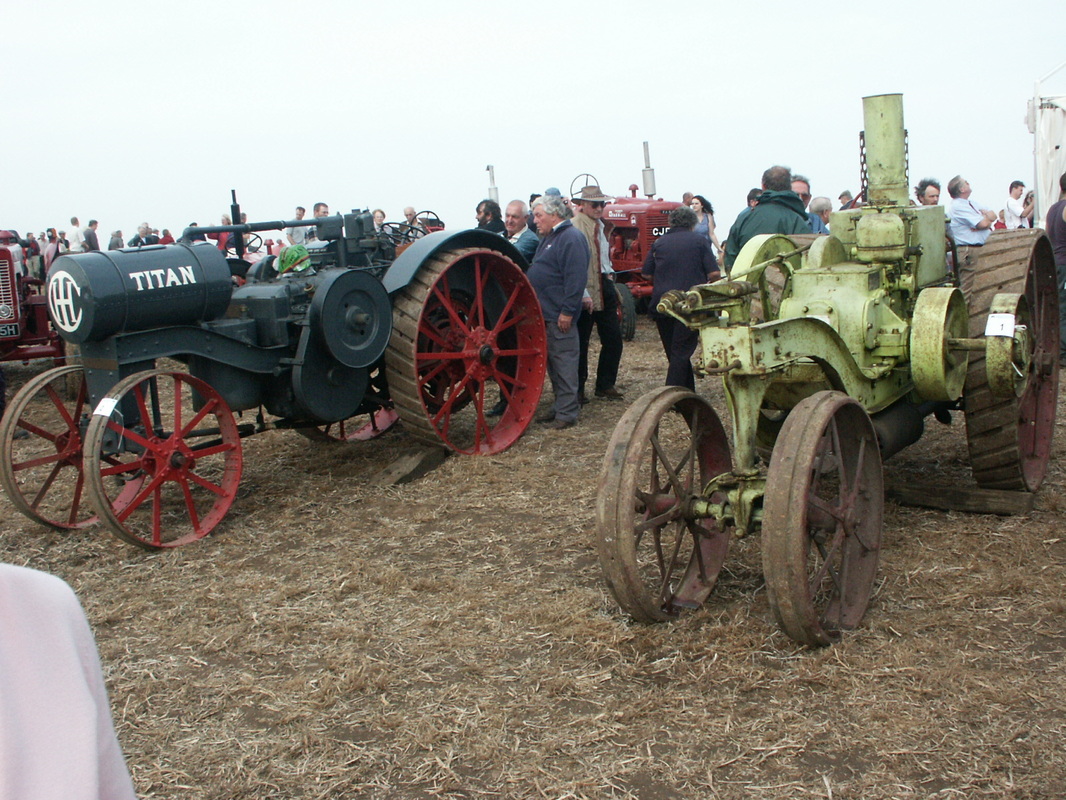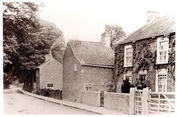Click thumbnails for Haxey links
|
Weather Haxey
|
The Haxey Hood
Haxey is famous for its annual Hood game held on the 6th of January and is one of the most ancient traditions of its kind in the country, probably dating back to the fourteenth century.
Click here for Haxey Hood site
Click here for Haxey Hood site
High & Low Burnham_Described in Domesday (1086) as Brune and again in 1115 as Brunum. The origin of the name seems to be Anglo Saxon, bourn, a brook and ham, a home, then altered to Scandinavian, brunnr - place at a spring, meaning settlement by a spring or stream. The village is now two separate settlements, High and Low Burnham.
There was a well at Burnham called Holy Well and healing properties were attributed to the waters, pilgrimages were made there on Ascension Day. The Epworth Bells of 27th November 1875 states that, "the Holy Well re-opened to the public for obtaining healing water". For the past few years High Burnham has been the site of the annual Festival of the Plough, a celebration of past farming and rural ways of life, with extensive displays and competition’s in horse ploughing, vintage tractors and engines along with many craft displays of a bygone era. |
GraizeloundIn 1361 Craslounnd, in 1596 Craieslownde, in 1626 Grazelound, in 1851 Graiselound or even sometime more recently Craiselound, but for this site it is officialy Graizelound, the Southern most part of the parish of Haxey and the Isle of Axholme.
|

